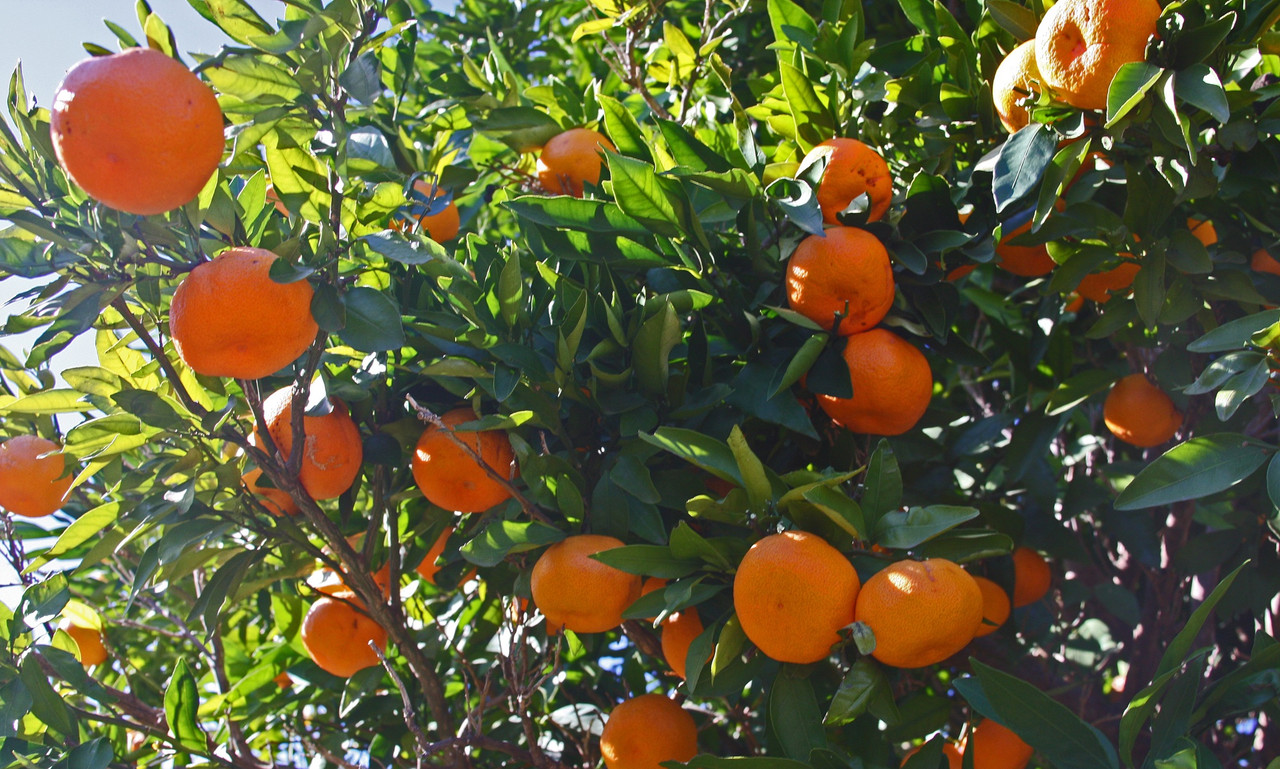
What to do after a freeze or frost
After many warm winters, Tallahassee got a real taste of cold this year, with four nights of freezing temperatures that dipped into the upper teens at its worst! At Tallahassee Nurseries we went to great lengths to protect our plants, by grouping together and covering literally thousands of them with frost cloth, so they came through clean and beautiful. That’s not always possible with the mature plants in your home landscape, as a result we’re seeing some noteworthy damage around town. Read on for help evaluating your plants and tips to get your garden back in shape.
First and foremost, do not panic. While some plants have no doubt perished in the cold, many will recover in the spring. Tallahassee is located in USDA hardiness zone 8b (defined by average extreme minimum temperatures between 15-20 degrees F). That means, while we haven’t seen those temperatures in a while, the 2022 Christmas Freeze wasn’t outside of our historic norms. Plants that have historically thrived in our region will likely recover just fine.
Damage Expectations
Most plants have well known minimum temperature tolerances, and most of the freeze damage around town was predictable given the severity and duration of the recent cold. That being said, we’d like to go over what you can expect from a few of the major plant groups since we haven’t seen this in many years.
Citrus
- This is the biggest area of concern for our customers right now, rightfully so, most citrus looks pretty rough after those freezes, covered with dead and dropping leaves
- Each variety of citrus has a unique minimum temperature it can handle
- Satsumas are good to the middle teens, Meyer lemon to the low 20’s, while limes can die in just a light freeze
- Your plant’s survival will come down to a combination of the variety’s inherent cold hardiness and the microclimate of your garden
- Citrus plants can lose all their leaves and still come back to life in the spring, you’re just going to have to be patient until spring
Tropicals
Our long run of warm winters allowed us to treat many Tropicals as perennials in protected spots, but that party is likely over for now.
Annuals
If you had any warm season annuals still kicking, they’re most likely dead. That’s okay… this is normal!
Cool season annuals have a range of hardiness, some survived fine, others took damage but will keep going, and some died outright.
Perennials
The above ground portions may all look dead now, but cold hardy perennials will return in the spring!
Losing their above ground parts is a normal, amazing part of their life cycle!
Deciduous Trees & Shrubs
Many plants lose their leaves every winter as a part of their natural cycles.
Even if the cold caused a sudden or unsightly leaf drop this year, normally deciduous plants will be fine in the spring.
Evergreen Trees & Shrubs
We have seen a little damage on plants that would usually hold their leaves straight through the winter.
As long as these plants are still alive, they should flush clean in the spring, but they will be a bit unsightly until then.
Native Plants
Despite the hard freezes, we have noticed no significant damage on plants native to North Florida!
Plants native to our region are well adapted to handle even the extremes our area has to offer, another great reason to choose natives in your landscape
What to do next
A good cleanup plan is to not rush into anything. Patience is the best approach after a freeze. Give your plants time to settle and show you how they fared before you start pulling things up or cutting them down.
Annuals
- You can remove any dead warm season annuals immediately
- Cool season annuals can be cleaned up within a week or two of the damage, trim off any damaged foliage and resume normal care including fertilizing and watering to encourage new growth
Tropicals & Perennials
- Even if the tops are clearly dead, the roots may still be alive
- Quickly remove any damaged growth that will get slimy like agapanthus leaves
- Otherwise try to leave as much of the above ground parts intact until spring as they protect the roots from further freezes and provide habitat for beneficial insects over the winter
- If you cannot leave the dead foliage and stems until spring try cleaning up just a little, only trim off the top 1/3 to 1/2 of the plant
- Try pulling off the leaves but let the stems remain standing
- Even cutting plants back to 1-2 feet above the ground is better than cutting flush with the ground
- In the spring, when new growth emerges, you can finally remove all the old bits
- If a perennial or tropical fails to generate new growth by mid to late spring, it is likely not coming back
Trees & Shrubs (Including Citrus)
- If there are just a few brown tips on an otherwise healthy plant you can prune those off immediately, otherwise resist the urge to prune until spring
- Allow damaged or dead leaves to drop to the ground naturally
- Wait until new growth emerges in spring to make pruning decisions on winter damaged trees and shrubs, you may be pleasantly surprised
- Once new growth emerges in spring you will be able to clearly see which branches have died and which ones are healthy
- Any branches without growth by mid to late spring should be removed cleanly with loppers or a branch saw
- Even some severely damaged woody plants can sprout from their roots and quickly grow back into lovely specimens
- However, if a citrus tree dies and it re-sprouts from the roots, you may want to remove it entirely, as the desirable fruiting parts have likely died and the more cold hardy rootstock is growing back and it will not produce good fruit for you in the future
Lessons Learned
- Frost cloth is magical and more effective than sheets and blankets, stock up on frost cloth well before freezing weather because supplies runs out quick at the last minute, frost cloth kept our plants at Tallahassee Nurseries looking beautiful despite 4 nights of intense and lengthy freezes
- Covering plants works by trapping the heat coming out of the ground, for coverings to be effective they must cover the entire plant and make full contact with the ground, they must be securely weighted to the ground so there are no gaps (View our How to Properly Use Frost Cloth Guide)
- Healthy plants took less damage than already stressed or sick plants, keep your plants healthy all year for more tolerance to extreme events like freezes
- Microclimates made a huge difference, wind breaks and the shade of large trees provide significant freeze protection
- Tallahassee is in zone 8b and will be for the foreseeable future, don’t be fooled by a few warm winters, 15-20 degrees F is still very much possible for us, feel free to have fun with marginal plants, but be sure the backbone of your garden is made up of plants that can handle our historically predictable extremes
Have More Questions?
While we can’t list every plant that took damage in this article, we can answer your specific questions in person, online, or over the phone (850-385-2162). Reach out to us at Tallahassee Nurseries for the expert advice you need to get your garden back in bloom!

